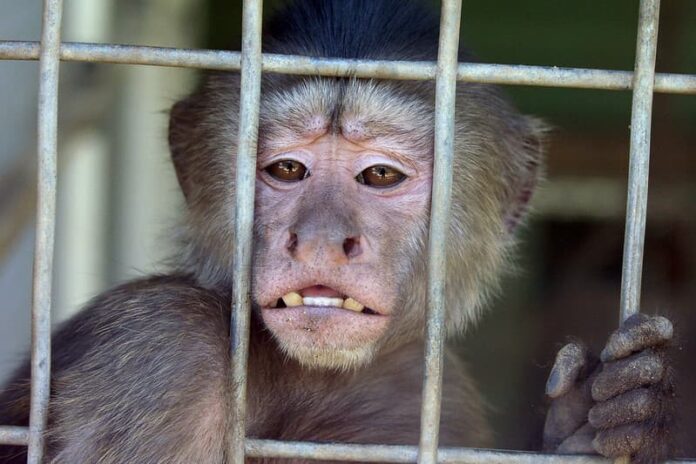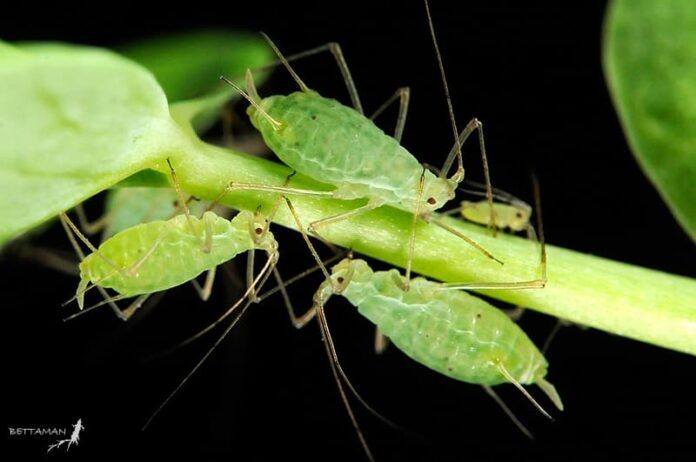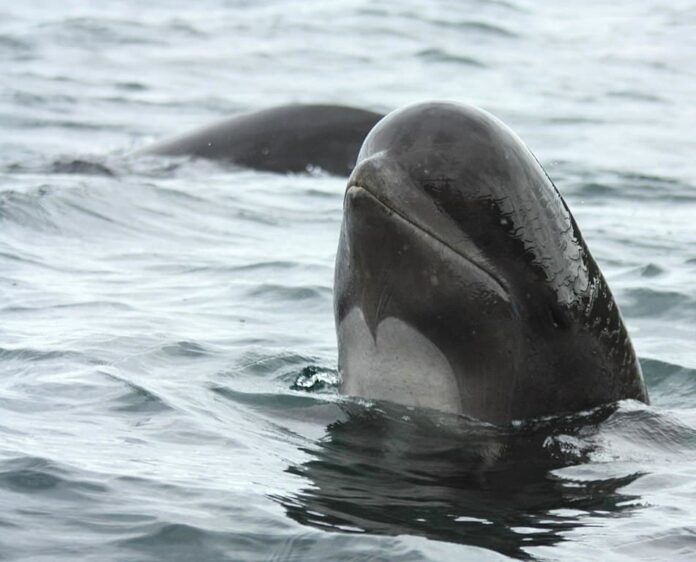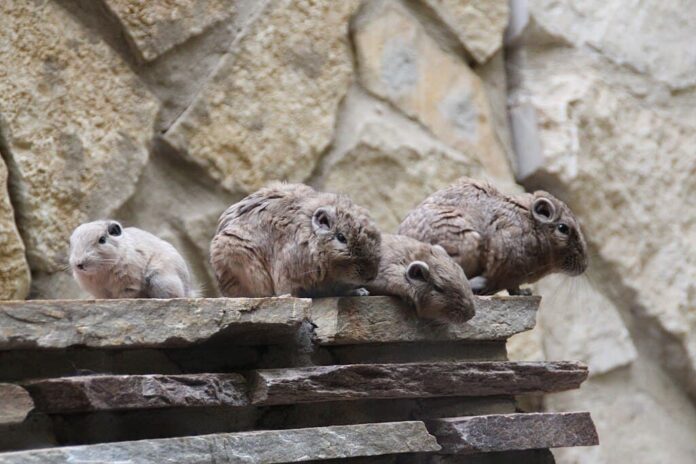Do animals commit suicide? Animal suicide is a debatable topic that has been going around for years now. It is true that there are animals that experience depression or grief at some point in their lives. This is one of the reasons that can lead to their death or suicidal behavior that we see. But what about mass suicides in some animal species out there? In fact, there are many possible reasons behind animal suicide that many of us don’t know about. We are going to discuss all of these today, so let’s take a look.
1Dog

Dogs are men’s best friends, and these good boys sometimes are extremely loyal to their owners. You probably have seen videos of dogs crying and sobbing beside their owner’s graves which is absolutely touching to watch. There have been many cases where dogs starved themselves to death after their owners died. Things are the same when they lose their companions or lovers, but the case is not so common. With the mention of dog suicide, you probably have heard of the Overtoun Bridge or Dog Suicide Bridge in Scotland.
Since the 1950s, there have been a number of dogs either falling or jumping from the bridge. The incidents often result in death or serious injuries upon landing on the rocks 15 meters (50 feet) below. In six decades, there have been over 600 dogs have jumped and at least 50 of them died. It could be normal dogs walking with their owners who suddenly bolted and jumped off the bridge. Some claimed something dark and paranormal going on, by the people living nearby the bridge. There are many different explanations regarding this, but no one is exactly sure why it happened.
2Lemming

Animal mass suicides are what lemmings are famous for, but the research has shown otherwise. To clear the doubt, lemmings do not commit suicide in groups by jumping into the water. The thing is that these creatures usually immigrate at the same time, and their dense population is the cause of their mass death. During immigration, lemmings sometimes have to swim across the lake or river to the other side. The water currents are favorable to some, and the unfortunate lemmings are swept away by the currents. This results in mass death while the creatures are just trying to survive in winter.
3Monkey

One famous case is on 14th July, 1932 in London where sightseers at the Upon Zoo witnessed a monkey committing suicide. “The monkey first gnawed through a six-foot rope hanging in his cage. Then he tied one end to the bough of a tree, and made a noose with the other end. He inserted his head with great deliberation, pulled the slipknot tight, climbed the tree, and jumped.”, according to the report. Because of this case, the zookeeper began guarding the monkeys who might emulate their companion, thinking it was a new game. Very much like us, primates do share a lot of things that humans are capable of doing and feeling. The only barrier that stays between them and us is the ability to talk.
This is why it takes a lot of time to study and understand the reasons behind their suicides. The two most trustable theories are depression and grief. Not all wild animals are doing well in captivity, especially active individuals like monkeys. There was also a case of a son chimpanzee who died shortly after the death of his mother. He became lethargic, and stopped eating and interacting with other chimpanzees before falling sick, and died. In a case like this, the son suffers both depression and grief from the loss of his mother. His grief clearly reflects the deep depression caused by the absence of his mother. He seemed to lose the will to live without her; hence his death.
4Pea Aphid

Things are different in animal suicide when it comes to the pea aphid that explodes itself. Ladybugs are the number one enemy of pea aphids, so they avoid the ladybugs at all costs. When threatened, a pea aphid will explode itself to protect other aphids and sometimes kill the ladybug with the explosion. According to the study, a pea aphid does not hesitate to sacrifice itself if it means to benefit the colony. This act ensures the growth and safety of others so that their kind continues to live.
5Whale

Whales are social animals, and they are known for forming social groups within their kind and peers. However, it is also common to see whales stranded in the wild or washed ashore dead in groups. Whales have a high level of intelligence and emotions, and they usually travel in pods. Sometimes, a pilot whale would seek the safety of shallow water when it is sick. So if the rest of the pods seeing the pilot whale stranding, the others will follow. People often cite that as whales attempting suicide while in fact, this is known as “sick leader hypothesis”. This case occurs when the others follow a dominant member of the group that falls ill or gets lost. It potentially leads to danger for the entire pod which appears to us as whale suicide.
Other Cases
Autothysis
This act is quite common in social insect species with the purpose to protect the colony. Autothysis simply means to explode oneself, and pea aphids are not the only one who does it. There are also groups of termites whose soldiers would use autothysis to defend the colonies. They do so by rupturing their own internal glands or organs with such force that their insides burst through their own exoskeletons. It is the most effective form of defense because the ruptured beings block the tunnels that lead to the nest. This can both affect the attackers and prevent those intruders from getting into the nest so that everyone is safe inside.
Depression
Some bear farms keep bears in captivity to harvest their bile, a digestive fluid produced by the liver. The bile is used by some traditional Asian medicine practitioners to treat various illnesses. There was a story in a bear farm in China when a bear smothered her son and then killed herself after. She did so after her cub received a catheter (tube) into his abdomen to extract bile. This process is known to be extremely painful, especially for a bear cub to endure at a very young age. The mother bear killed her son and herself to prevent future torture from bile harvesting. This suicidal behavior is not common in all bears, it is triggered by stress. At the same time, such act is the only way to escape the unnatural environments which is their imprisonment.
Fungus
Another theory that explains the cause of some animal suicide cases is certain parasites. There are parasites that can provoke mind-altering behaviors in the hosts as they thrive while causing the hosts to die. For example, the parasite fungus Ophiocordyceps Unilateralis creates mind control in ants and literally turns them into zombies. Once infected, the fungus will steer the ant into locations where it can thrive. Most of the time, the journey to those locations causes the deaths of the hosts. One more example of a similar parasite is Toxoplasma Gondii which infects mice, and it makes them fearless of cats. Even worse, the parasite can also reproduce if a cat eats an infected mouse.
Grief
This comes in many forms such as the loss of babies, masters, and partners. A cat hung itself on a branch after witnessing the death of her kittens. Just like us, animals are capable of emotions and grief. Some of them can take the pain while others cannot, and this can result in suicides like in the cat case. Another example is an eagle who sacrificed himself by composing on a pyre after the death of his master. Not different from dog owners, there are also many animal trainers who develop a strong bond with their animals. One of the most common animal suicide cases occurs in monogamous animals whose partners died before them. As a result, the living partner either stops eating or kills itself instead of finding a new mate. Animal grief is just as strong as humans, and some of them cannot handle that very well.
Related Post: Largest Animal Migrations




